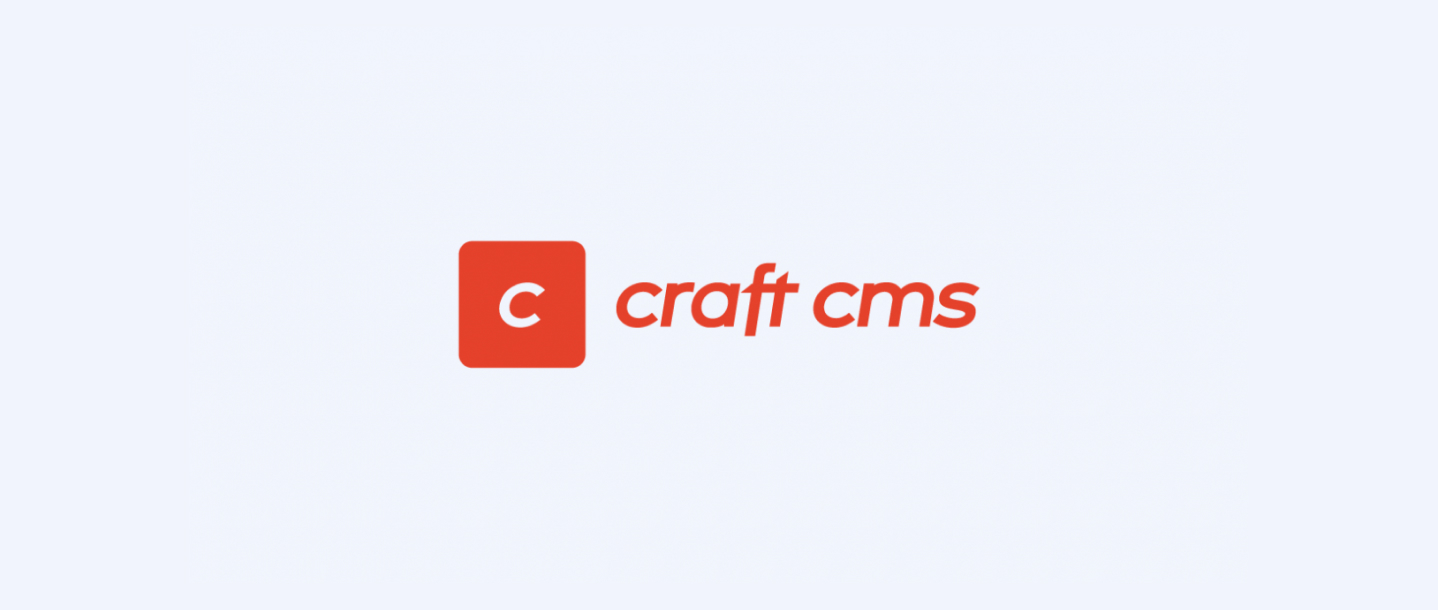We work in an industry where our toolkits are constantly evolving, adding new features and functionality with every update. Hundreds of thousands of words burst onto the web with the launch of every new version of almost every product, whether it’s a smartphone for the masses, or a web development tool for the pros. It’s easy to see why.
New features can be exciting, change the way we work or use the web, and allow for plenty of blog posts just like this one to make their presence felt amongst the crowd. But a feature doesn’t always translate into a benefit. Trust us, we’ve done the math and sometimes less really is more.
That’s what we’ve been discovering as we increasingly use Craft as our go-to CMS here in the new Big Bite Creative offices. After the completion of our most recent project for CloudOn (more about that later), it’s a concept that we’re really seeing the benefit of. It’s not that Craft doesn’t have a lot of features – a quick glance at the release notes for Craft 2.2 shows there’s plenty – but that it allows us to spend less time separating out what we don’t need and more time doing what we do best… web development.
One of these things is not like the others

It’s always nice when something feels like it was created just for you. When you don’t have to spend half your day trying to make the pieces fit, but instead just get given the building blocks you need, and told to create. A blank canvas, as scary as it can be, has always been better at encouraging creativity than a prepared box of bits and pieces, and creativity is a huge part of our business. We even put it in our company name so there’s no backtracking on that now. Beyond that though, creatively building from a blank canvas to a beautiful website is what professional web developers should be doing in the first place.
Whilst there’s plenty of choice for those of us looking for web development toolsets, we’ve found few to be as dedicated to what developers actually need as Craft is, rather than how much can be bundled into a single piece of software. It certainly helps that Craft has been designed as a CMS right from the start, as opposed to a platform that can act as one but with all the messy junk DNA that comes along with such an evolution. Not only does it make it much less cumbersome to work with, but that focus on the essentials means that it’s actually far more flexible for us to experiment with, to mould to our own talents, and let our work shine.
Any professional developer will tell you that they’d rather spend their time actually developing rather than juggling plug-ins or picking through a haystack of unnecessary code in order to remove all the features they don’t need. Our team uses Craft in order to build whatever we require, avoiding dreaded code bloat and making sure that everything runs smoothly whenever changes are made. Not only that, but an effective framework like this, that speaks our language, means that although everything may be custom-made it’s actually resulted in a quicker build process. ‘Bespoke’, ‘artisanal’ or whatever other buzzword of the moment may be trending, the fact is that we can build what we need to match our project requirements, dictate which bits of code are included in the front end ourselves, and have total flexibility when it comes to custom fields being editable by our clients. Or to put it more simply, it works for us.
Showing your work
Whilst all of that is wonderful when working on a project, as well as meaning that our developers can have a social life and reduce their caffeine intake from dangerous levels, it also has to translate into tangible results for the client. The most intricate, effective code can be a beautiful thing but the truth is that usually no one is going to actually notice it until something goes wrong. But frameworks like Craft put a developers skill and hard work proudly on display, meaning that clients can see how everything has been built to their brief instead of looking for our original work amongst widely-used widgets. That transparency is important, not only because it means that clients can see where their money is going but because it builds trust and ensures we’re on the same page.
It also means that clients get a simple and intuitive interface with all the options they need instead of having to take the bad with the good, the extraneous with the essential. Even the ease with which clients can manage their own content ensures that everything runs smoothly and that they can feel secure in the knowledge that their next update isn’t going to be derailed by some sneaky bit of buried excess code. It makes their lives easier, offers a better user experience, and ultimately reflects rather well upon us too.
A success story
All of this is far from theoretical. This post only exists because of the extent to which we’re proud of the work we’ve been producing with Craft. Don’t just take our word for it though, you can check out some of the amazing results we had on our recent project for CloudOn.
Sure, it may be like jumping into the deep end for less-experienced developers, but here at Big Bite Creative we’re all strong swimmers these days. So here’s hoping that more professional developers will soon be dipping a toe into the pool.
Not using Craft? Look out for our next blog on how to get the best from WordPress.


